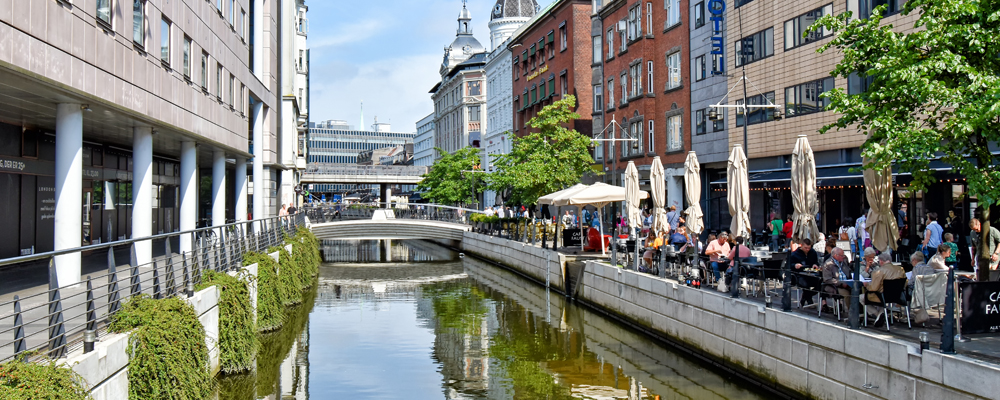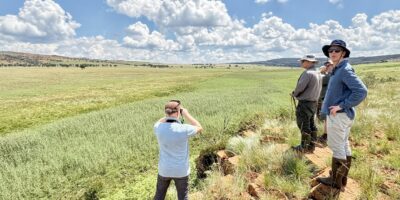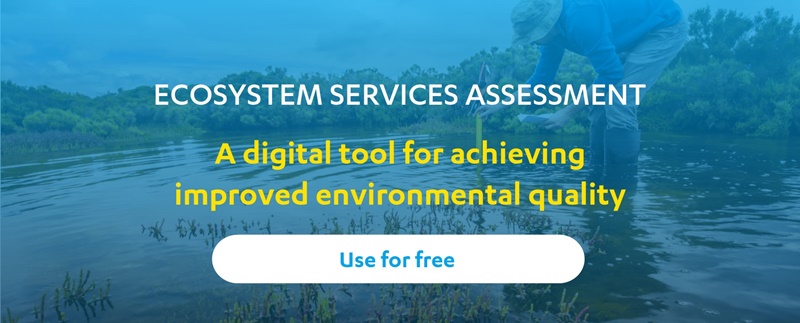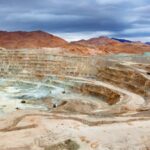Ecosystem services are defined as services provided by nature to humans. This straightforward definition suggests a passive role for humans as receivers of the outputs of nature. However, there is also an active role for people to play in providing these services.
The idea of thinking about nature in terms of the services that it provides gained widespread visibility with the publication of the Millennium Ecosystem Assessment (MEA) in 2005. The MEA addressed the impact of ecosystem change on human well-being and used the concept of ecosystem services to frame the discussion. In the MEA and other similar formulations, ecosystem services include:
- Provisioning – raw materials that we can use, such as forests and farmland
- Regulating – flood control, degradation of pollutants and climate regulation
- Cultural services – settings for recreation and leisure like rivers, lakes, and beaches
The role of humans and ecosystem services in a river restoration project in Aarhus
In a new paper, DHI researchers describe the role of ecosystem services in a river restoration project in Aarhus, Denmark. The project restored a river channel that had previously been buried under a city street. The restoration also included upstream measures to manage sewer overflows in order to improve the water quality of the river. The project involved an ecosystem service because it used a natural feature, the river, to provide a setting for recreation and leisure activities. Although built for another purpose, which was to improve the aesthetics of the river, the upstream sewer overflow control measures impacted a second ecosystem service by improving the natural capacity of the river to degrade pollutants.
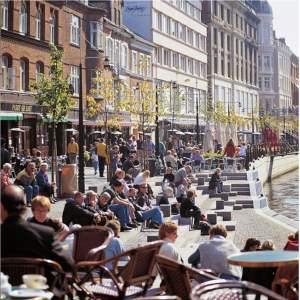
©Vadestedet. Foto: Cees van Roeden
The photo above shows a portion of the restored river section in Aarhus, which has become a popular location for social and leisure activities. The photo also illustrates how human inputs such as walkways, benches, cafes, restaurants, buildings, and other features combined with ecosystem inputs can create an experience that people find enjoyable. Even the water in the river, which is the decisive ecosystem input, relies on upstream water quality measures to make it aesthetically appealing. In this case, human contributions were important for maximising the benefit of the ecosystem service.
Finding the perfect balance between humans and nature
The focus of the MEA and similar initiatives has been on raising awareness of the benefits provided by ecosystems, with emphasis on the risks of diminishing capacity as ecosystems are degraded by human economic activities. While these risks are significant and vital, it’s also important to recognise that humans can be a partner to nature. The key is to find the optimal balance that maximises benefits while conserving the capacity of ecosystems to continue to provide services.
Learn more about how DHI can help you carry out ecosystem services assessments as well as analysis of measures to improve environmental quality.
